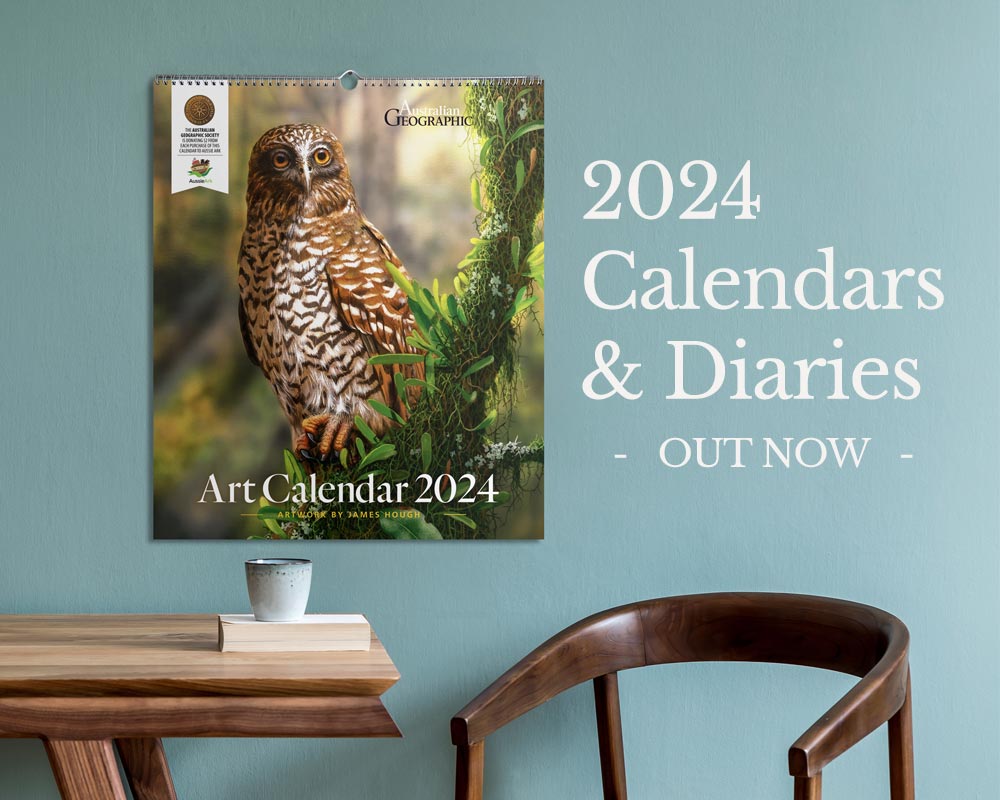‘Locally extinct’ tiger quoll spotted in Grampians

THE FIRST TIGER QUOLL to be confirmed in the Grampians National Park in 141 years was recently photographed.
Park staff monitoring the area for endangered brush-tailed rock wallabies were astonished to see the endangered tiger quoll (Dasyurus maculatus), presumed locally extinct, scurry past their cameras instead.
“We were all so excited. It’s always been in the back of our mind, but we’ve never done any sort of intensive survey,” says Ryan Duffy, ranger at Grampians National Park.
“We’ve collected thousands of hours of remote-camera footage, but we’ve never detected a tiger quoll before.”
There have been scattered reports of the carnivorous marsupial in the vicinity of the Grampians over the last century, and a positively identified skull was found two years ago, but evidence caught on camera is unprecedented in recent decades.
Endangered tiger quoll sighted in Grampians NP
Tiger quoll primarily live along the east coast of Queensland and New South Wales, although they have been known to exist in Mount Eccles National Park, in south-western Victoria. Ryan says the last record of this endangered species in the Grampians area was in 1872, when a farmer killed one that was getting into his chickens.
The Grampians National Park’s primary conservation effort is currently fox control. Foxes have been known to out-compete quoll and prey on the endangered brush-tailed rock wallaby, and park rangers believe these efforts may have been crucial to the sighting of the quoll.
“We have a big fox control program to minimise their effect on other species,” says Ryan. “Our success and the low number of foxes might have helped reintroduce the tiger quoll.”
“Either way, the brush-tailed rock wallaby is critically endangered, so there was an endangered species walking through a critically endangered species area, which is pretty neat.”
Four tiger quolls born in Victoria
The rangers say they need to find out more – juvenile male quolls are known to make large journeys to seek mates or new habitat, so there is a possibility they simply caught one as he was passing through.
“We’re going to put up a lot more cameras to see if we can re-detect it,” Ryan told Australian Geographic. “We want to know where it came from.”
In another boon for the species, four baby tiger quolls were recently born in Parks Victoria’s Serendip Sanctuary, 50km west of Melbourne.
Ruth Woodrow, ranger and team leader at Serendip, says they were given a male and female tiger quoll last month, and it became evident there was something in the female’s pouch.
Ruth says the mother protected the joeys so fervently that no-one has been allowed to view them, but rangers are still incredibly excited.
“It’s great to display this animal and get the word out that they did used to live here,” says Ruth.
RELATED STORIES
Baby tiger quoll births a boon for the species
Baby quolls a boost for breeding program
Sniffer dog to seek out endangered quolls
Saving the tiger quoll
Saving Australia’s biodiversity
Taste training for northern quolls
Relocated quolls thrive offshore
Eastern quolls officially extinct on mainland
Northern Australian mammals face extinction
What gives golden possums their colour?
Dingoes cleared of mainland extinctions




